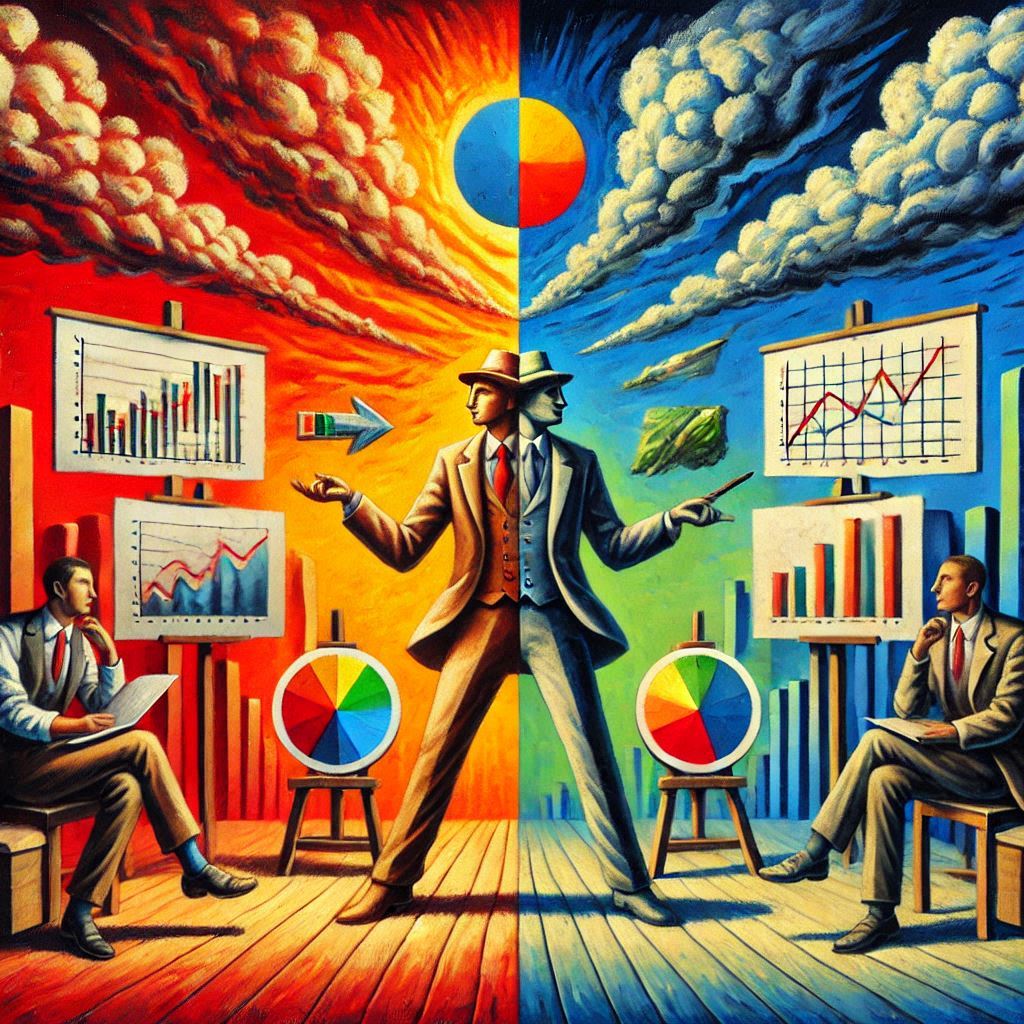Strategic Planning vs Strategic Forecasting: What’s the Big Difference?
Are you planning for the future or trying to forecast it? Both strategic planning and forecasting are essential in business, but there are significant differences between the two. Understanding the distinctions can help you make better decisions for your organization. Let’s dive into the important differences between strategic planning and strategic forecasting.
Understanding Strategic Forecasting
Strategic forecasting differs from strategic planning because it involves a proactive analysis of future trends and developments rather than setting goals and outlining steps to achieve them. While strategic planning focuses on creating a roadmap for achieving specific outcomes, strategic forecasting involves identifying potential future challenges and opportunities, allowing organizations to adapt and prepare accordingly.
For example, a retail company may use strategic forecasting to predict consumer behavior and market trends, enabling them to adjust their product offerings and marketing strategies accordingly. On the other hand, strategic planning for the same company might involve setting sales targets and defining strategies to achieve them.
What is Strategic Planning?

Strategic planning is setting goals, determining actions to achieve those goals, and mobilizing resources to execute the actions. It involves assessing the organization’s current state, envisioning where it wants to be in the future, and then developing a roadmap to get there. For example, a company may use strategic planning to decide how to expand its market share in the next five years by analyzing current market trends and consumer behavior.
On the other hand, strategic forecasting involves predicting future outcomes based on past and present data. It is a proactive approach that uses historical data and trends to anticipate future scenarios. For instance, a retail company might use forecasting to predict sales figures for the upcoming holiday season based on past sales data and economic indicators.
Main Differences Between Strategic Planning and Forecasting

Strategic planning involves setting organizational priorities based on future trends and issues, while forecasting predicts future trends and events based on historical data and current information. In practical terms, strategic planning might involve a company focusing more on sustainable practices in response to anticipated environmental regulations. In contrast, forecasting could involve using sales data to predict future demand for a product or service.
For example, a company may use strategic planning to allocate resources toward developing a new product line in response to anticipated market trends. On the other hand, forecasting might involve using historical sales data to predict future revenue and adjust production levels accordingly.
In conclusion, while strategic planning focuses on setting organizational priorities, strategic forecasting involves predicting future trends and events based on data and information.
New title: “Understanding the Difference Between Strategic Planning and Forecasting”
Examples to Show How They’re Different

Strategic planning and forecasting are two distinct concepts that are critical in guiding an organization’s future. To better understand the difference between the two, consider the following practical examples:
- Strategic Planning involves developing a roadmap for the organization’s future. For example, a retail company may engage in strategic planning to set long-term goals for expanding its market presence, such as opening new stores or entering new geographical locations.
- Strategic Forecasting: In contrast, strategic forecasting focuses on predicting future trends and outcomes based on existing data and market conditions. For instance, an e-commerce business might use forecasting to anticipate customer demand for certain products during holiday seasons, allowing it to adjust inventory levels and marketing strategies accordingly.

Vizologi is a revolutionary AI-generated business strategy tool that offers its users access to advanced features to create and refine start-up ideas quickly.
It generates limitless business ideas, gains insights on markets and competitors, and automates business plan creation.


